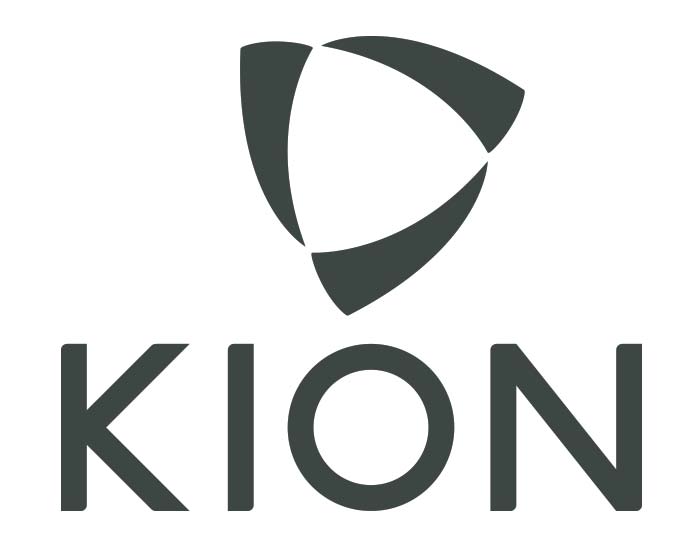To qualify as naturally dried, a fruit simply needs to be dehydrated by the most direct means possible with no artificial additives included in the process. In other words, fresh slices of apples dried in an oven or kitchen dehydrator, or grapes left out in the sun to dry can be considered natural dried fruit.
Drying has its advantages and disadvantages. Being one of the simplest methods of food preservation, it can certainly prolong a fruit’s shelf life and in general increase availability. When the season for fresh fruit has passed, dried fruit is the next best option. In terms of nutrition however there is a bit of a trade off. While concentrations of certain nutrients such as dietary fiber and minerals may increase, heat-sensitive substances like Vitamin C are reduced or completely lost.
Continue reading to further understand the pros and cons of natural dried fruits and how its moderate consumption can still help your quest to Become Superhuman.
Natural Dried Fruit Benefits:
Removing most of a fruit’s water content via an appropriate amount of heat tends to concentrate some of its nutrients. Here’s a comparison between a cup of fresh and dried apricots:
Fresh = 3.1 g fiber, 0.6 mg iron, 149 retinol activity equivalents of Vitamin A
Dried = 6.5 g fiber, 2.3 mg iron, 160 retinol activity equivalents of Vitamin A
The increase of essential nutrients like dietary fiber and certain types of minerals and vitamins are typical in natural dried fruit. The amounts and degree of concentration however may vary. It depends on the fruit and the drying process used. In a study that looked into the antioxidant properties of various dried fruits, figs and plums turned out to have the highest nutrient score.
Some types of natural dried fruit have been shown to aid oral health. Raisins are commonly but mistakenly thought to cause dental cavities because they’re sweet and sticky. Recent studies have shown however that a bioactive substance called oleanolic acid found in raisins can inhibit growth of oral bacteria. It even prevents the microorganisms from sticking to the enamel surface of teeth thus blocking the formation of dental plaque.
Natural Dried Fruit Risks:
Carbohydrates and sugars also get more concentrated in the process of drying fresh fruit. This means more calories. Going back to the apricot example, a cup of the fresh fruit has about 74 calories while the same amount dried delivers around 212 calories.
This isn’t necessarily a health risk as long as you’re aware of this significant difference that natural dried fruits have with their fresh counterparts. You simply have to eat less of a dried version of fruit to maintain the same amount of calorie intake. Generally a half cup of natural dried fruit is more or less equivalent to one whole cup of fresh.
Natural Dried Practical Uses:
There are situations where you’re going to need high-calorie food. Like say you’re participating in an endurance sport or outdoor activity. Natural dried fruits can deliver loads of energy per weight which makes them a light and convenient load to carry. This is why dried fruit is a major component of any trail mix.
Besides addition of their flavor, natural dried fruits serve as a proportional replacement for regular sugar and as a factor for controlling and absorbing moisture in baking and cooking. Some recipes may require that you reconstitute dried fruit ingredients. This is easily done by soaking them in hot water for a couple of minutes.
In the next post, I’ll tell you the pros and cons of fruit juices and how to moderately use it in your quest to Become Superhuman.
In the meantime, if you care to jump ahead, here is a complete listing of the fruits on Superhuman Food Pyramid:
Eat:
• Apples
• Apricots
• Bananas
• Berries
• Cherries
• Cantaloupe
• Grapefruit
• Kiwi
• Mangoes
• Nectarines
• Oranges
• Papayas
• Peaches
• Pears
• Pineapple
• Plum
• Watermelon
Moderate:
• Lemons
• Limes
• Grapes
• Strawberries
• Dates
• Figs
• Natural Dried Fruit
• Fruit Juices
Avoid:
• Canned Fruit
• Fruit in Syrup
• Fruit Candy
• Sugar Coated Dried Fruit
• Packaged Dried Fruit
If you have questions, comments or feedback about the pros and cons of natural dried fruits, the Superhuman Food Pyramid, this website, or other aspects of Becoming Superhuman, then leave your thoughts below, as well as any tips you have on the pros and cons of natural dried fruits.

